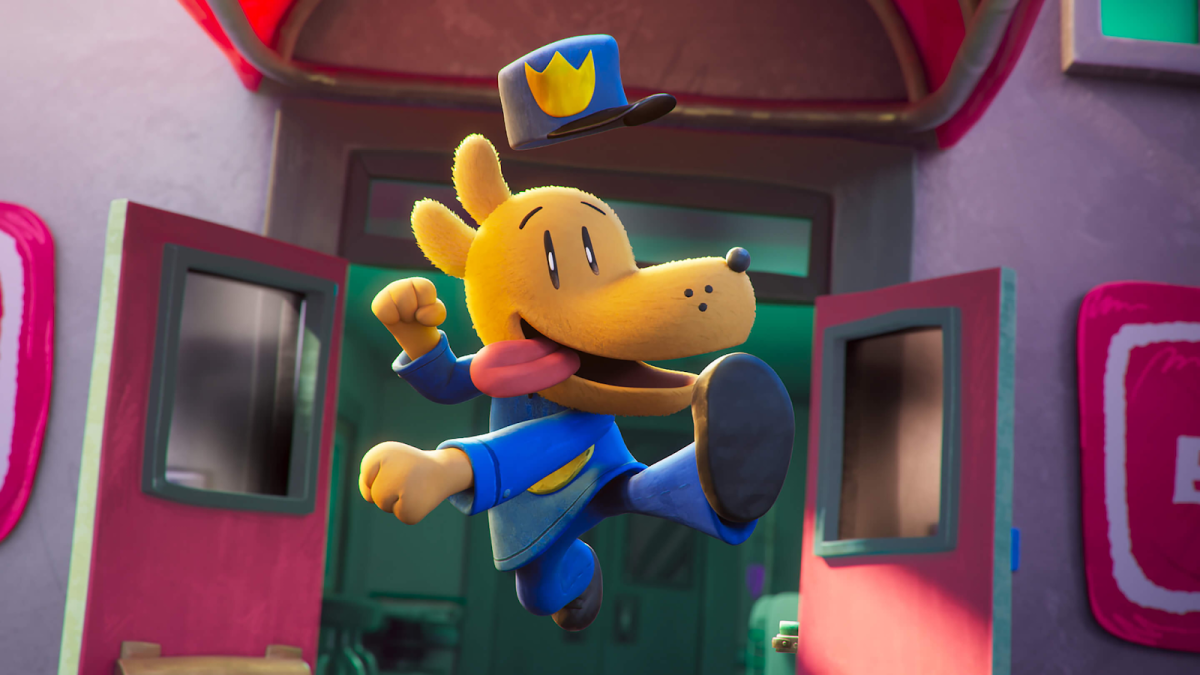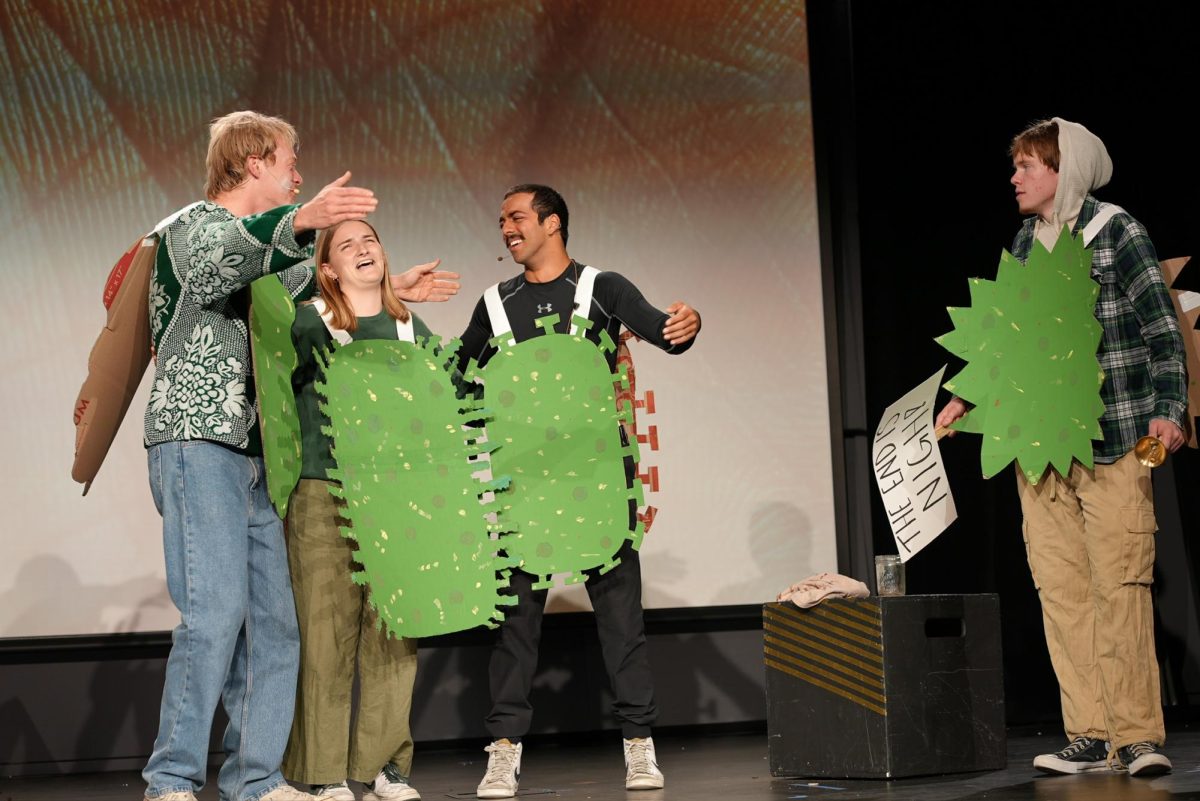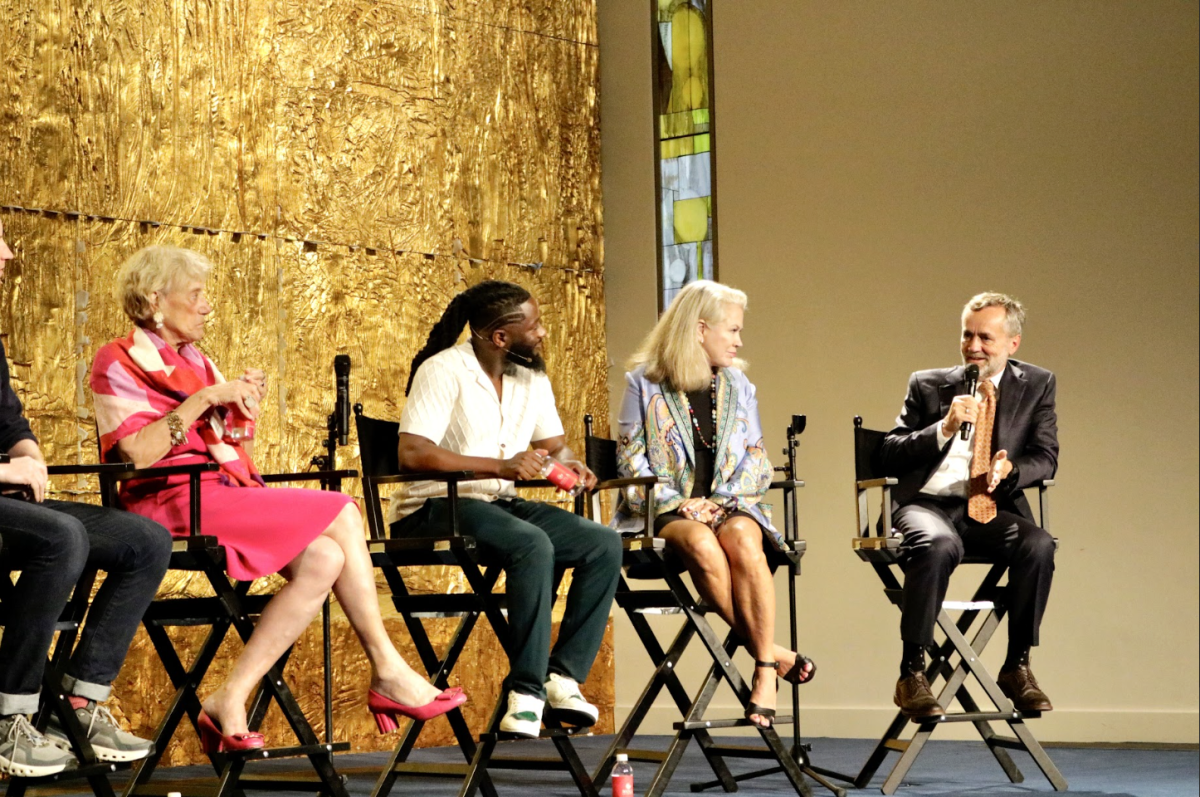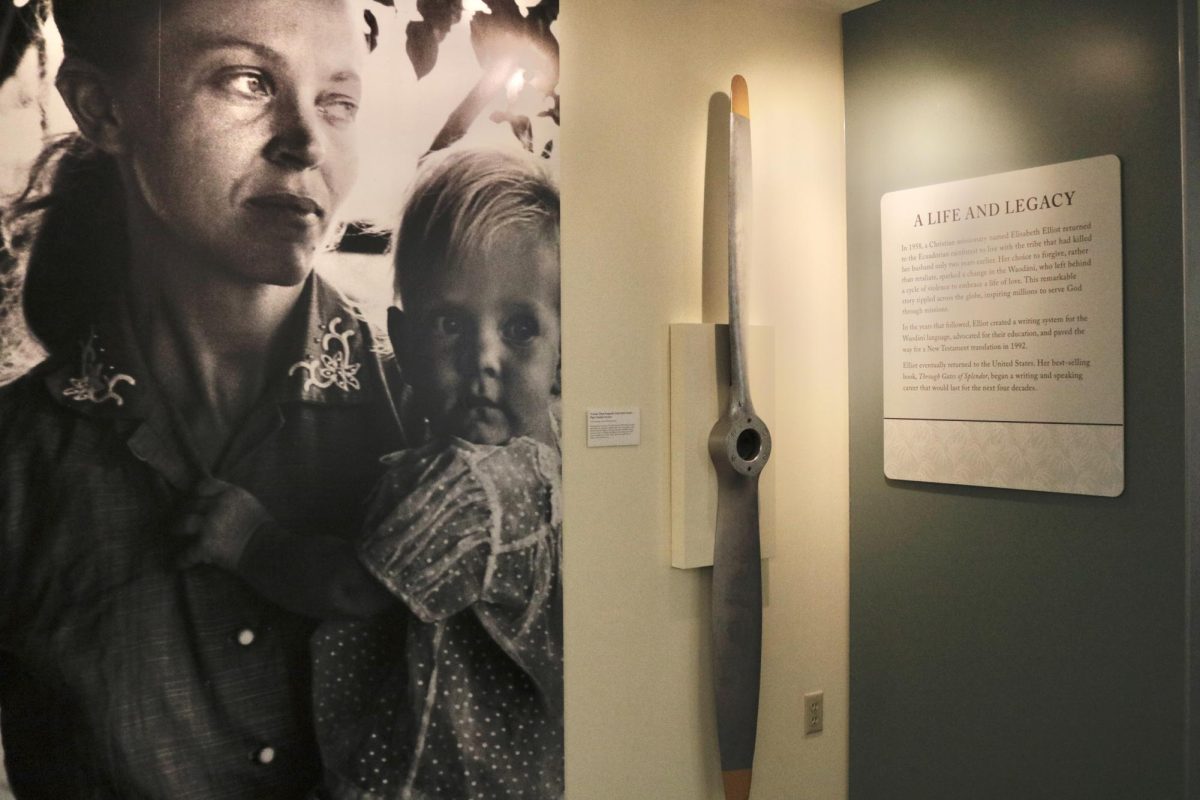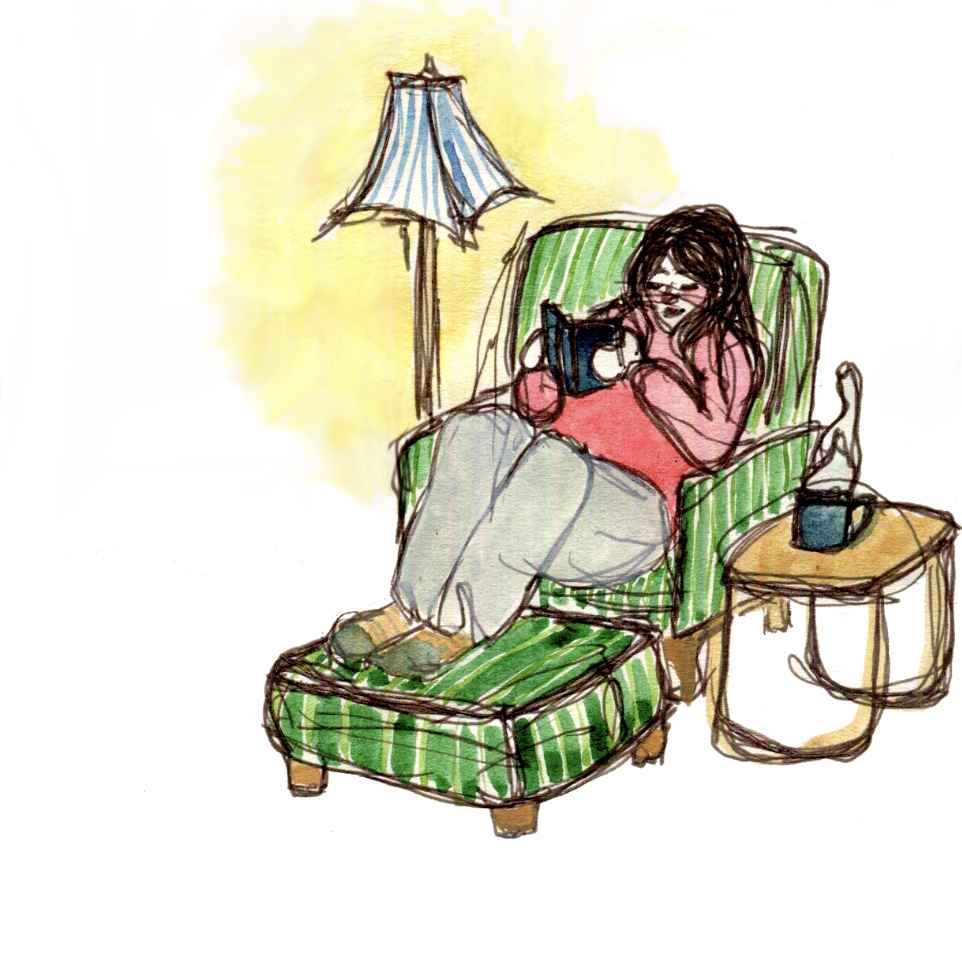The dump months are upon us when the films of January and February contain little effort or appeal. However, this year’s season has been met with the unprecedented exception of “Dog Man.” The film is no Oscar winner, but somehow manages to stand out from the usual assortment of winter releases. The play-doh-inspired animation style matches the original books’ elementary approach. The odd assortment of talent also helps provide the film with a distinct level of personality. The script is filled with expected humor, bringing childlike fun amidst mature stories.
FLASHY HEROES
“Dog Man” is based on Dav Pilkey’s “Captain Underpants” spin-off with the same name. The film is DreamWorks Animation’s second Pilkey feature along with “Captain Underpants: The First Epic Movie.” The film is unique, adapting a comic book written by characters George and Harold from “Captain Underpants.” The story follows Officer Knight and his dog Greg who get horribly injured in a bomb accident. The two are saved when Greg’s head is stitched onto Knight’s body creating Dog Man. The newly created Dog Man must stop Petey, an evil cat, while also coming to terms with his new life.
The cast and crew of “Dog Man” is very fitting to the film’s varied plot. Comedic powerhouses Lil Rel Howery and Ricky Gervais are balanced by character actors Billy Boyd and Stephen Root. Howery’s energy keeps audiences engaged along with Isla Fisher’s charming accent. The film also reunites Pete Davidson with fellow Saturday Night Live members Cheri Oteri and Melissa Villaseñor. Davidson’s casting is oddly fitting with him playing the film’s villain, Petey. Though Petey is the antagonist, Davidson is the film’s billed star with Peter Hastings providing vocals for Dog Man.
“Dog Man” is Hasting’s second feature as writer and director. Hastings’ background in animated comedies and work on “The Epic Tales of Captain Underpants” helps deliver silly shenanigans. Comedy is the film’s greatest strength with humor in the vein of “Captain Underpants: The First Epic Movie.” The animation also impresses, feeling more choppy than its previous counterpart. This comic-book aesthetic has become a mainstay for DreamWorks Animation since “Puss In Boots: The Last Wish.”
FANS OVER FICTION
The comedy in “Dog Man” will make one rollover but the plot unfortunately does not. The main issue lies in cramming too much content to please fans. The character of particular concern is Flippy, a purple telepathic fish from the books. Flippy’s backstory from the books is quickly brushed over and his presence adds no threat. Petey should have been the only bad guy as he had more background and emotion. Flippy’s reasons for being evil are slightly similar to Petey’s but not as serious. Petey’s trauma is explored more but left unresolved with the B-plot of his Dad concluding abruptly.
Upon further inspection, Petey feels more like the main character than Dog Man. Dog Man has problems of his own but they are never brought back. The film focuses on Petey’s hardships with his father more than Dog Man’s identity crisis. A possible solution could be giving Dog Man’s pain more attention while slightly touching on Petey’s hurt. Another way would be making a film called “Petey” but this would not sell. One wonders if the “Dog Man” film franchise will experience similar success to the books.
The comedy definitely disguises the film’s weak structure but still is filled with appeal. If any are appreciators or fans of Pilkey’s work, “Dog Man” succeeds in satisfying. Characters purposefully fail to say certain words like the intended misspellings in the books. Big Jim and other “Dog Man” characters make cameos alongside George and Harold from “Captain Underpants.” “Dog Man” surprises with the original song “Supa Good” by Yung Gravy and even a “Metropolis” reference.
Overall, “Dog Man” manages to check all the pop culture boxes but misses the artistic mark in story and character. DreamWorks Animation used to match absurdism well with drama in their beginning years. Their earlier releases also appealed to adults and not just young viewers. These days the studio only creates serious pieces or works based on children’s IPs. The integration of new animation styles is needed but gripping storytelling is as well. There is a place for “The Wild Robot” and “Dog Man,” but is there a future where the seam can be sewn?

